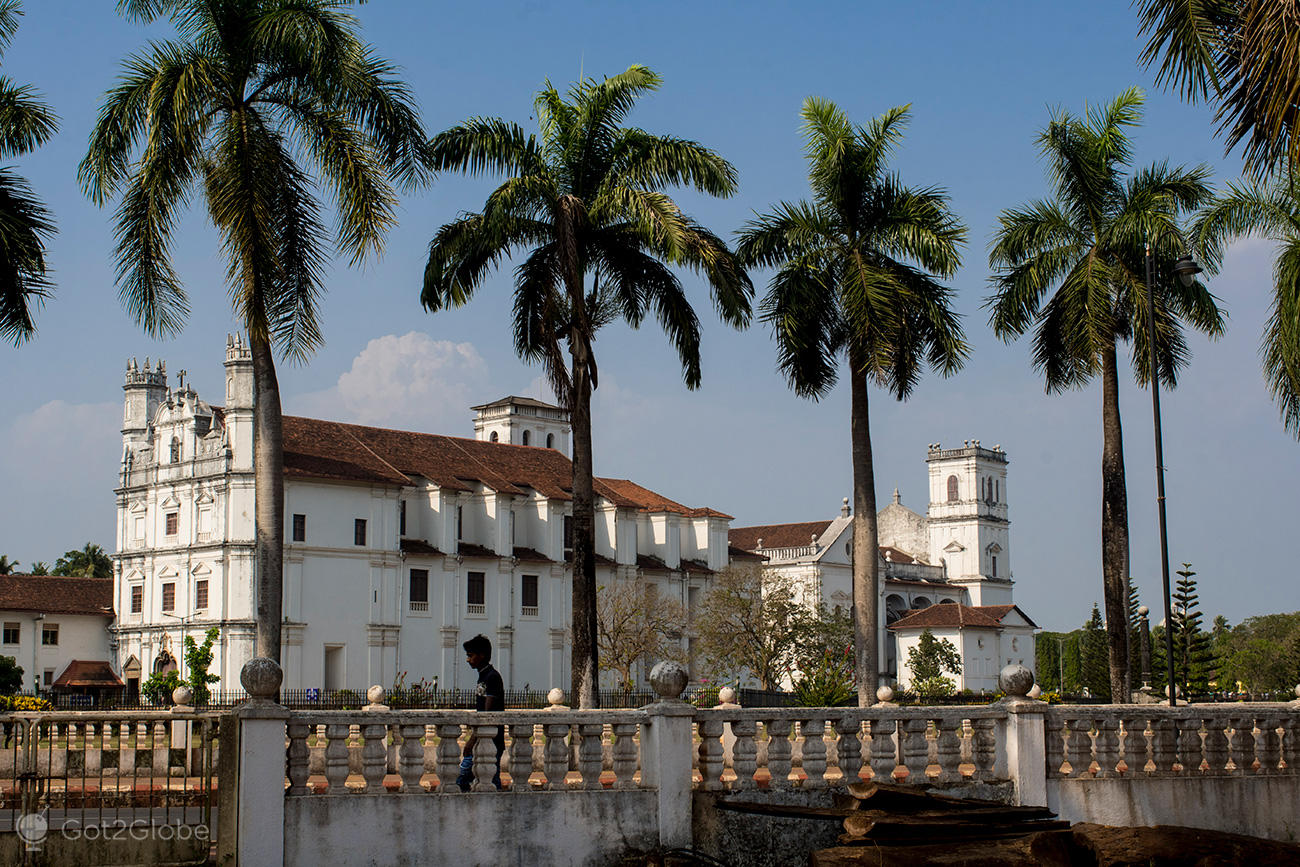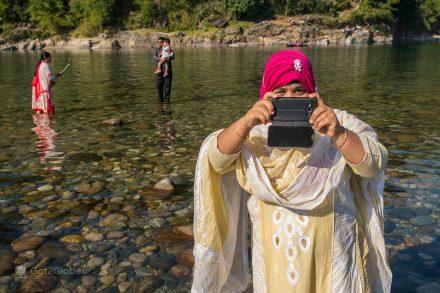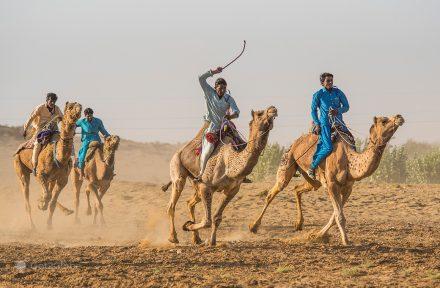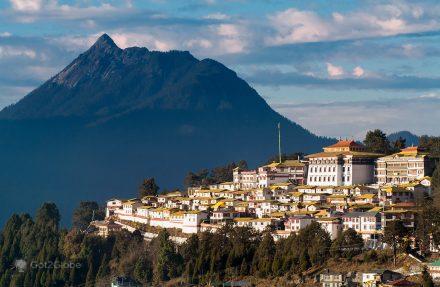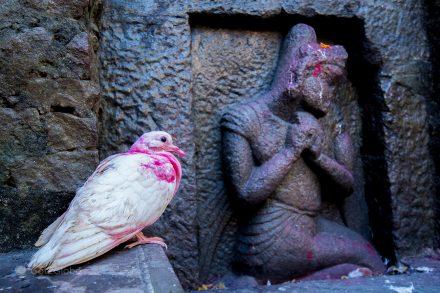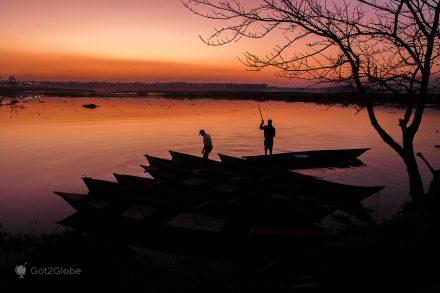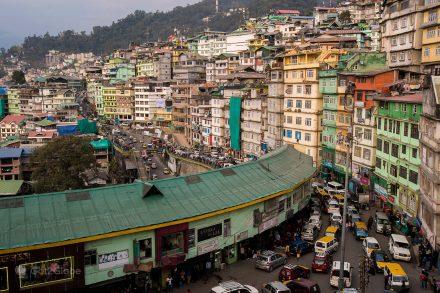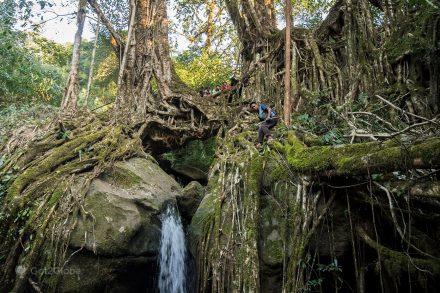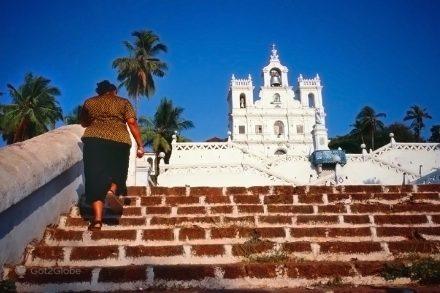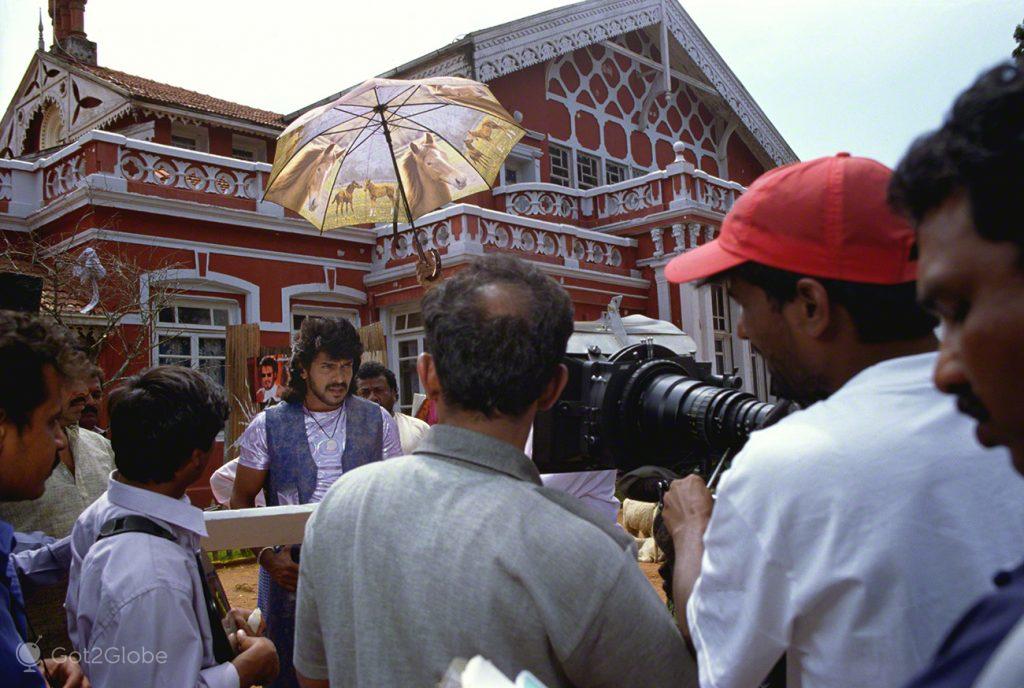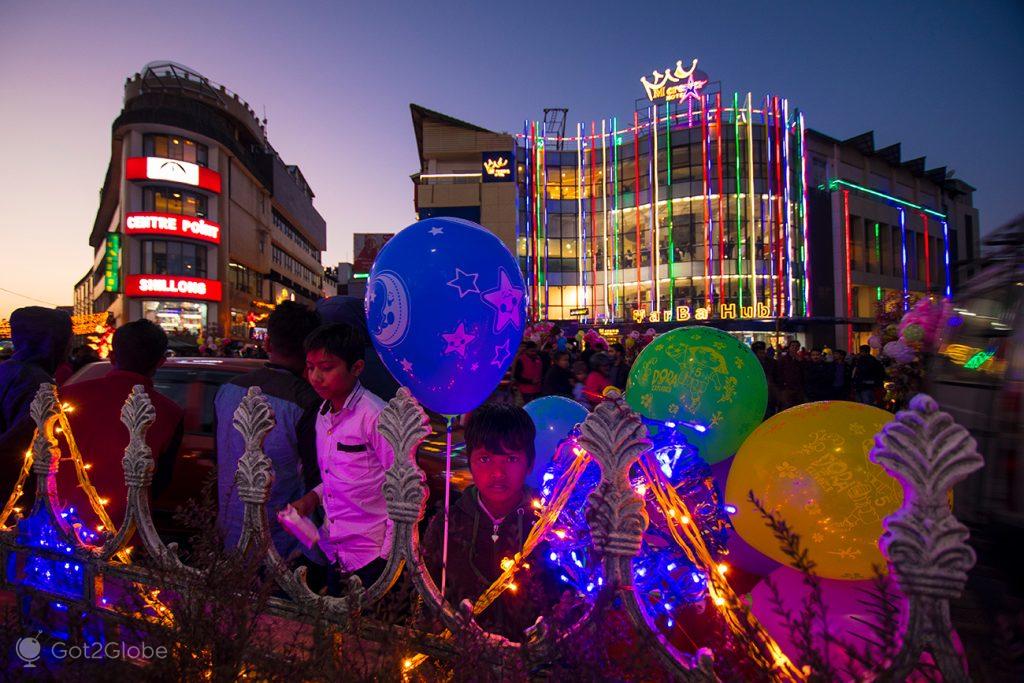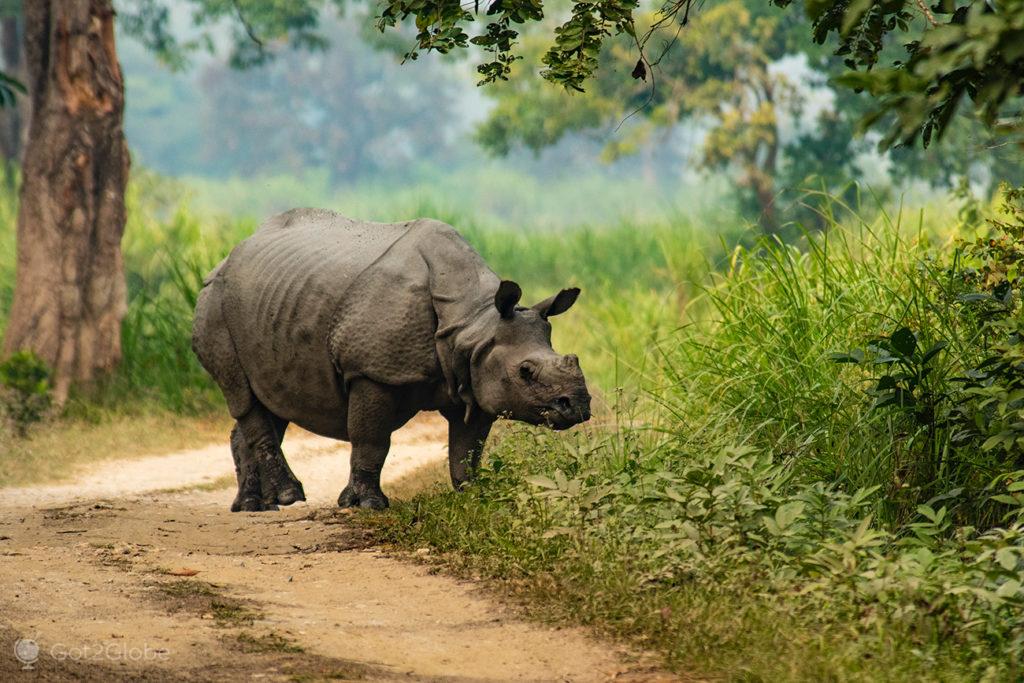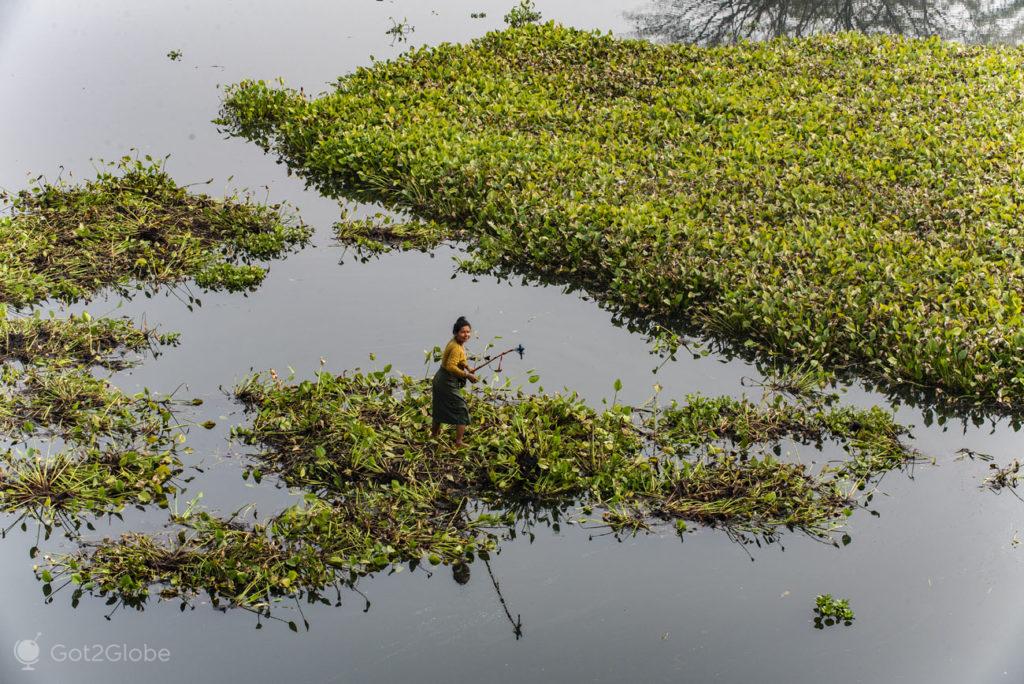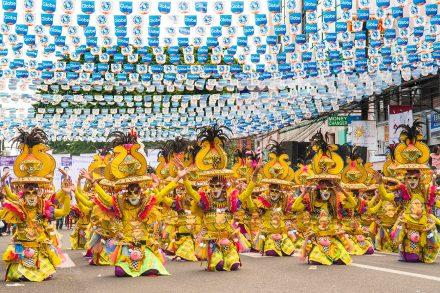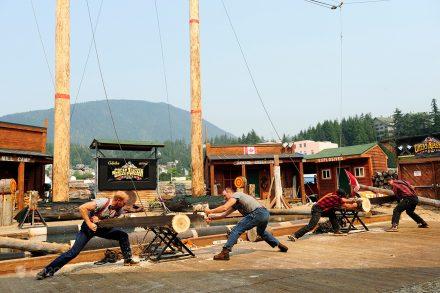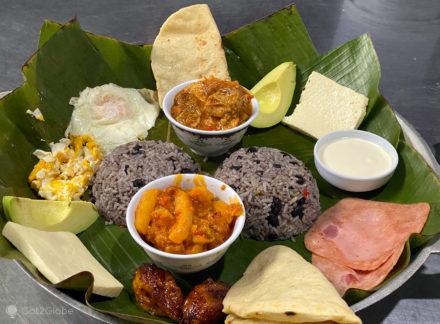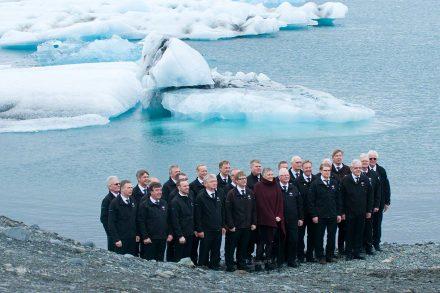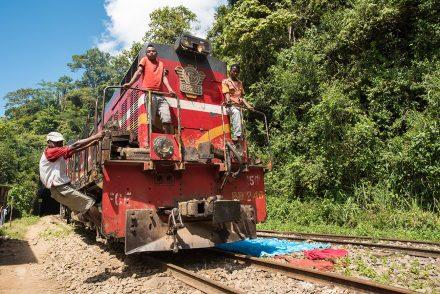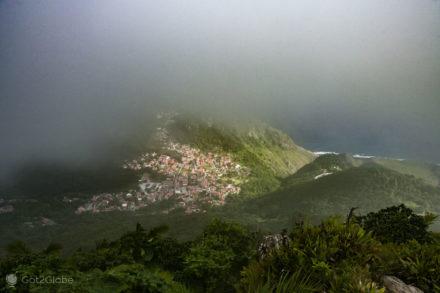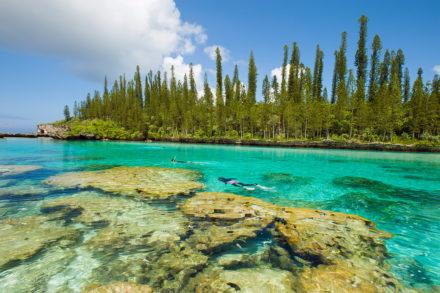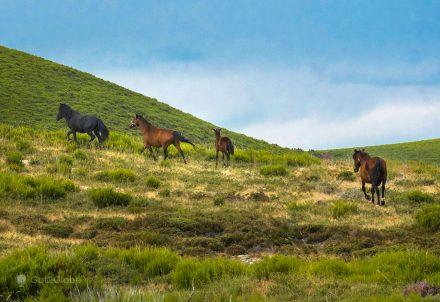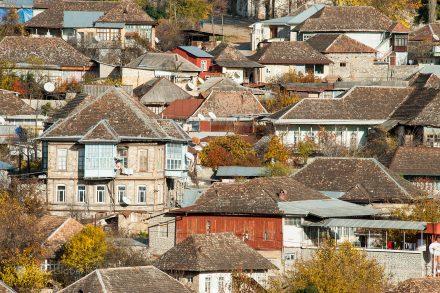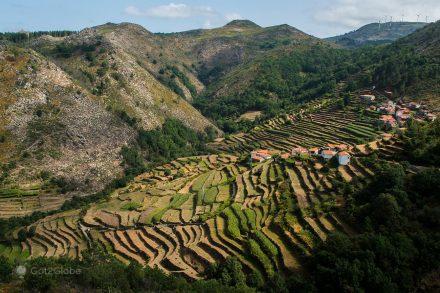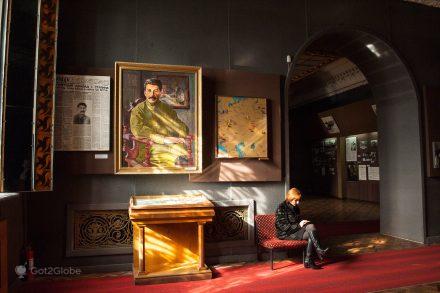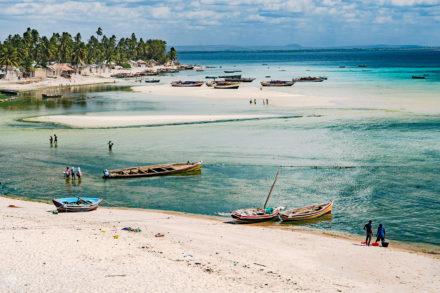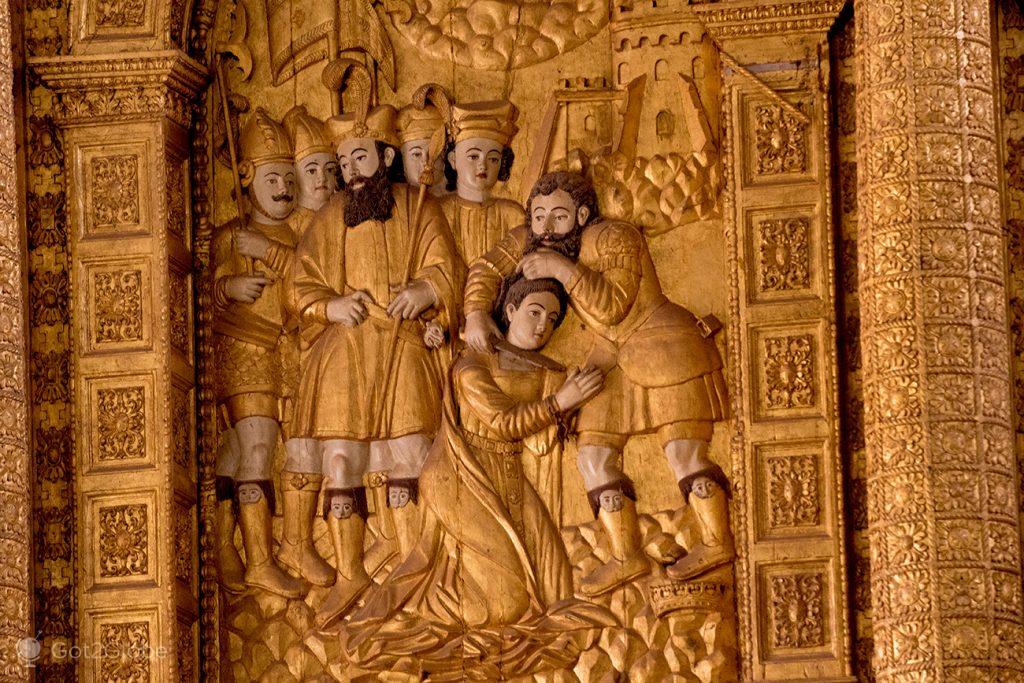
Gold plated image of the beheading of John the Baptist.
Tourists in catadupa, casinos, free sale of alcohol, regional and state subsidies and other benefits provide Goa with funds and investments to match. We had visited the province one and only time 17 years ago. We could hardly believe in the revolution we were now finding there.
Since we left Dabolim airport, the works and their respective shipyards kept repeating themselves in a mixture of concrete, steel and machinery that had stirred successive kilometers of saffron soil, the same dry and ocher land that we kept in a fruitful historical-colonial imagery.
We retouched it according to the unexpected disillusionment. Days later, already resigned, we inaugurated the commitment to rediscover that we had returned there.
“They started to arrive around 2002. From then on they didn't stop increasing” tells us Raj, the owner of the apartment in Calangute that we rented, referring to the countless charters that since then land in Goa and thus extend one already. long Russian invasion.
Numerous establishments have taken names, menus and their communication in Cyrillic. On the streets, taxi drivers and sellers of everything approach us in Russian, convinced of our origins from the nation of the tsars. The misunderstanding saturates us. It makes us anxious to prove that we still have roots there, or, whatever, some reason for being.
The apartment, which used to belong to someone named RS Coutinho, who decorated it with Christian images and messages, came with a scooter. The scooter did not save us from the far-fetched and dusty modernity that Goa had gotten into. It allowed us to evade the unexpected Russian-Indian salad.
The Ancient History of Old Goa
At the end of one of the mornings we spent there, we dashed off to Old Goa, where the Portuguese history of the province had begun. We cross a bridge under construction over the Mandovi River, where a traffic brigade prepared to target tourists diverts us two hundred rupees.
On the other side of the river, we are forced to follow a fast lane, which is also under construction. We doubted more and more the ancient charm of Goa, but when we left that road and moved to the tropical and riverside stronghold of the former capital of India Portuguese, everything changes.
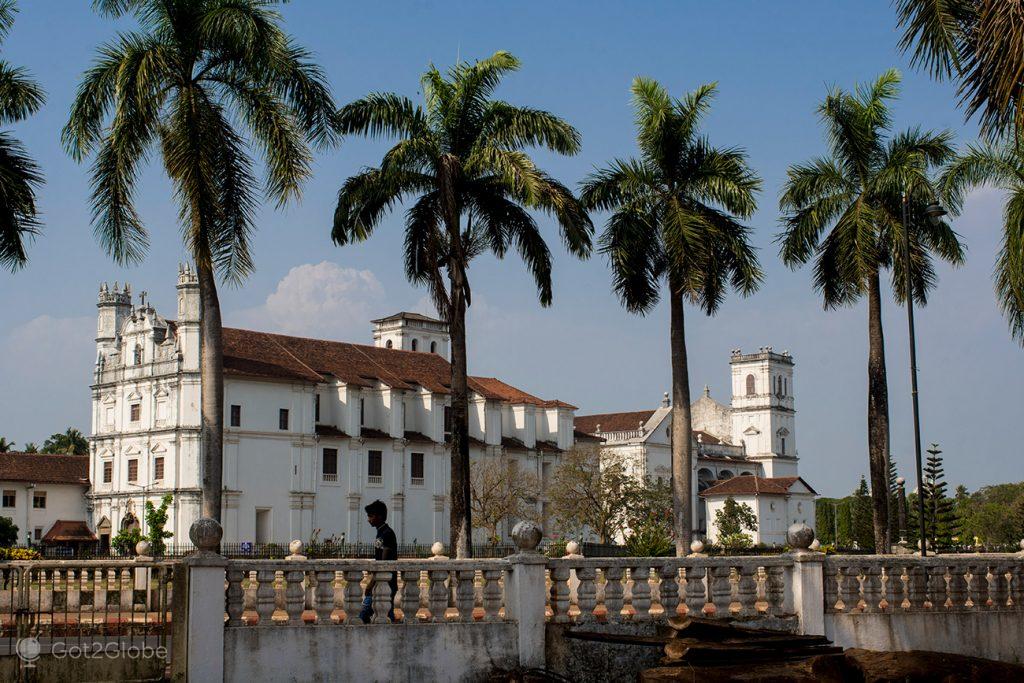
The Cathedral, beyond the wide avenue lined with imperial palm trees that separates it from the Basilica of Bom Jesus
The torrid and humid heat, typical of the months of April and May when the Monsoon crashes, makes us sweat a lot.
We almost bake along the boulevard of imperial palm trees that separates us – and the house of God – from the domain of the neighboring Cathedral, neither more nor less than the largest church in Asia.
The moment when we step into the dark and cool interior of the basilica, thus arrives with a lot of mercy.
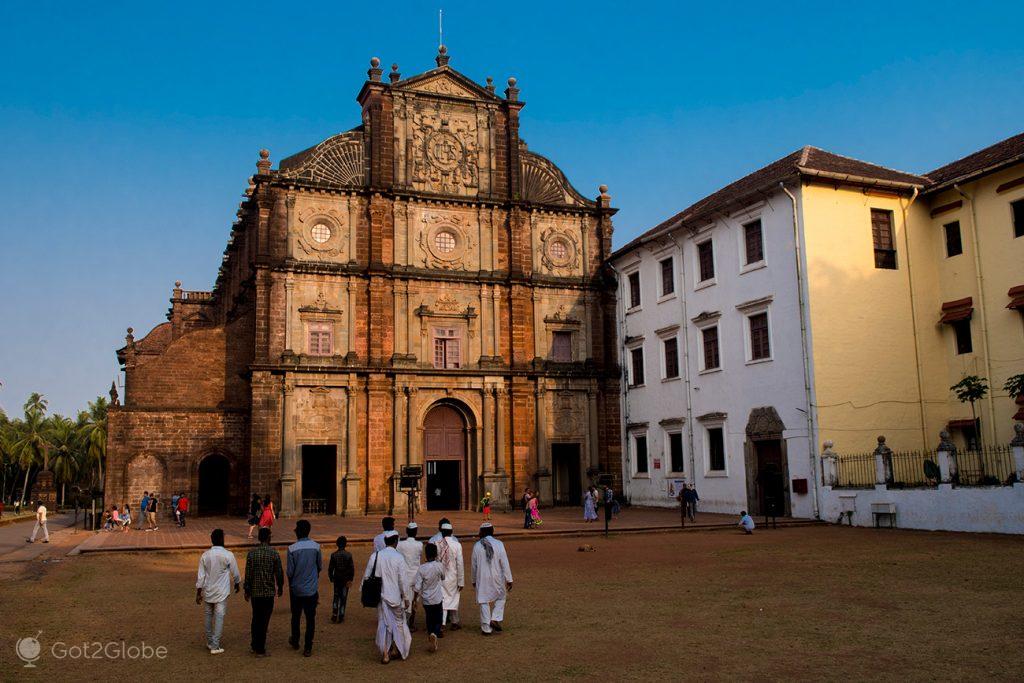
A delegation of Muslim visitors prepares to visit the Basilica of Bom Jesus
"Photography of people not allowed” establishes one of the many warnings and prohibitions that the temple offers visitors. We inferred at a glance that conservative priests and faithful sought to exorcise the Indian heresy of the selfies.
The sight of a group of young friends photographing themselves in the forced company of a Jesus in a white tunic did not go unnoticed.
And it was with a mixture of devotion and pleasure that they dispatched them to the church's secluded cloister, without the right to stop in front of the allegedly miraculous golden tomb of St. Francis de Xavier, the legendary missionary of the Discoveries.
Over time, Old Goa has generated respect and admiration in the four corners of the Earth. As the priests see, it will not be now, more than half a millennium after its foundation, that some Hindu skirmishes will roar about it.
From the arrival of Vasco da Gama to Rome from the East
The village was, in fact, imposing when the Portuguese captured it from a certain Sultan of Bijapur. In a stronghold surrounded by walls and moat, it grouped together the shah's palace, mosques and other buildings.
Intolerant of the archrival Muslim civilization, from 1510 onwards, Afonso de Albuquerque and his men spared little more there than a few foundations.
They would come to use them as bases for the many manor houses, palaces, churches and cathedrals (12 magnificent in just over 1 km2) which, being today difficult to imagine the reality of that time, made Goa one of the most splendid cities in the East, the fulcrum of Christianization of the Asias, it is said that the place of seven different markets to which merchants from China, from the Arabias of Zanzibar and from other parts of the India.
These and other virtues – cases where, at a certain point, its population already supplanted those of Lisbon and London and almost all the religious orders were active there – earned it the epithet of Rome of the East. Goa, however, went from zenith to decline, much faster than Rome in Lazio.
In the past, the entrance to the city was made directly from the Mandovi river jetty to Rua Direita, with a passage under the Arch of the Vice-Rey, built by Francisco da Gama, grandson of Vasco da Gama who, in 1597, took over himself. the post.
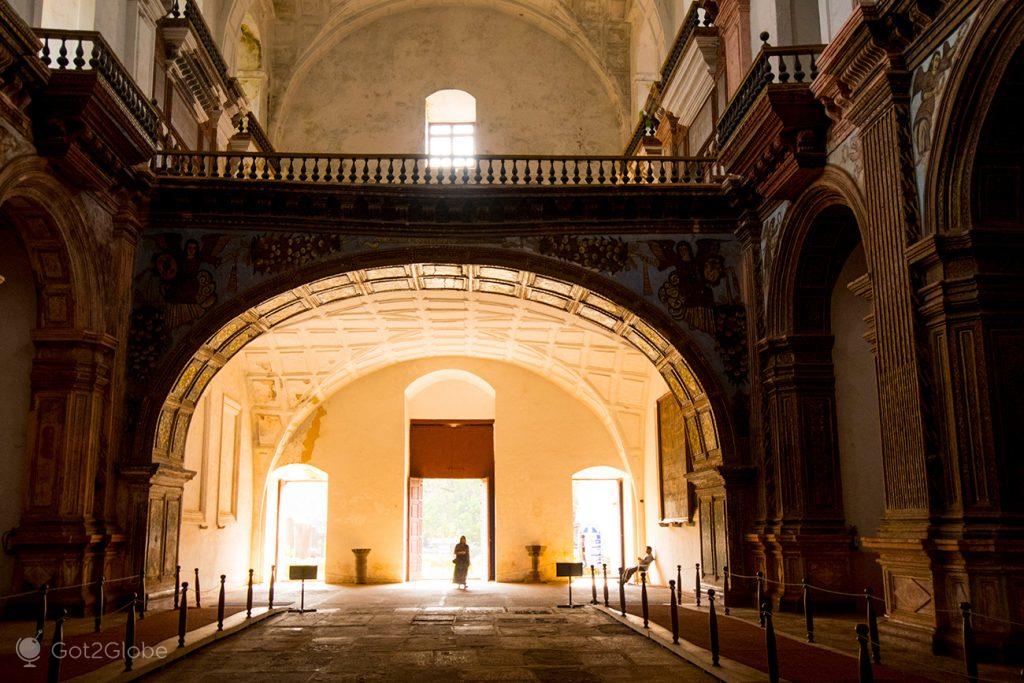
Visitor at the entrance to the nave of the Sé Cathedral, a monumental church, one of the largest in Asia
A Blazing Colonial-Tropical Decline
Rua Direita gave access to the center, along a route delineated by shops and the palatial mansions of its wealthy residents. In the beginning, Mandovi was the path that allowed the conquest and development of Goa. The river also turned out to be its executioner.
Ponds, marshes and other waters that were even more stagnant after the end of the rainy season became a fulcrum of malaria and cholera, epidemics that, between 1543 and 1630, devastated nearly two-thirds of the population. As if that wasn't enough, during this period, the river began to silt. Larger vessels can no longer dock at the city's jetty.
Desperate with the situation, in 1759, the Count of Alvor, the Viceroy of the time, decreed the forced move to what is now Panjim, until then a village near the mouth where the Mandovi surrenders to the Arabian Sea.
As a result of successive tragedies, with more than 200.000 inhabitants, in 1775, only 1500 remained in Goa. The city was handed over at once. Thereafter, it became known by its geriatric nickname.
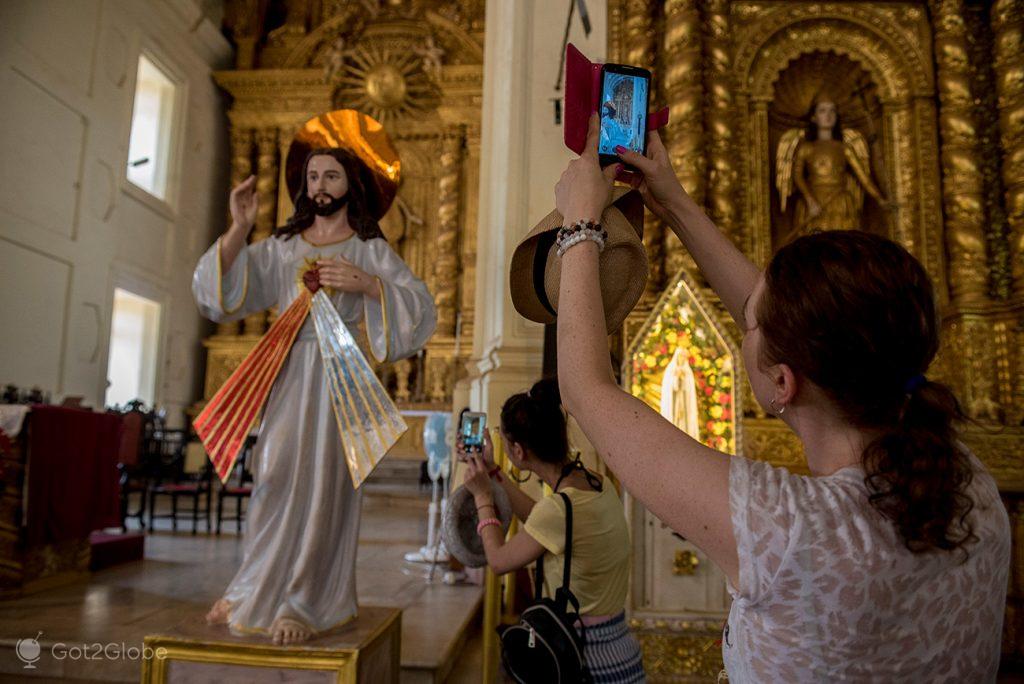
Visitors to the Basilica of Bom Jesus photograph a statue of Christ placed next to the altar.
Pangim assumed the status of New Goa. In 1843, it already functioned as the administrative headquarters of Portuguese India. There, one of the richest urban colonial legacies left by the Portuguese in the India. A heritage that, like that of Old Goa, we felt impelled to revisit.
Pangim and the Misfit Lives of New Goa
We had lunch at Viva Pangim, a picturesque restaurant with Goan food and atmosphere. Linda de Sousa, the owner, confesses to us that she no longer speaks Portuguese. Refers us to a slim, elegant customer, in pants and shirt, at a table next door.
Olavo de Santa Rita Lobo makes us feel unceremoniously that, almost 60 years later, he was far from digesting the Indianization of Goa “so why did they stay up there in Calangute? That, now, is just crazy people, Indians who have nothing to do with us. Drunk, drugged. It even became dangerous. They should have stayed here in Panjim!”
A lawyer by profession, Olavo is trying to resolve a growing number of requests for Portuguese nationality that Goans – but not only – trust him. “People here, with this government, don't have jobs. Neither with this one nor with the previous ones. They are increasingly against the Portuguese heritage. They don't care about us.”
We finished the meal and heard her complain. We say goodbye. We let ourselves get lost in the colorful and still so Portuguese streets of the Fontaínhas neighborhood. Almost immediately, strange squeaks catch our attention.
We followed their trail and came across what looked like a crazy violinist practicing with an open window.
The Unusual Coexistence with Ivo Furtado
The musician wears a white shirt and pants that are little more than rags. It exposes a good part of your skin, such as strong, full hair, too white for us to doubt. "Do you still speak Portuguese?" we ask you. “I speak, so I don't speak! Of course yes."
Ivo Furtado interrupts the violin's screeching, calls us and focuses his gaze on our cameras. Show us some of your old framed photos and let us know that you took them with a good Hasselblad. We asked him if we can photograph him playing the violin, which makes him feel a bit worried. "Not to me! I liked taking pictures but I never liked seeing myself in pictures.”
We continue to talk about your life in Panjim. At a certain point we approached the theme of the integration of Goa into the India. Ivo corrects us as if on fire: “No independence! … invasion. What has been done here by India it was just and only an invasion.” and he masks his near anger with strategic silence. We have the time counted by which we are forced to say goodbye.
Altinho: the Catholic and post-colonial Zenith of Pangim
"These stairs will lead to Altinho, right?" Ivo confirms the direction for us. Halfway up, we ran into mr. Fernando, airing his naked torso over the half-open door of his little girl tile house and Portuguese profile.
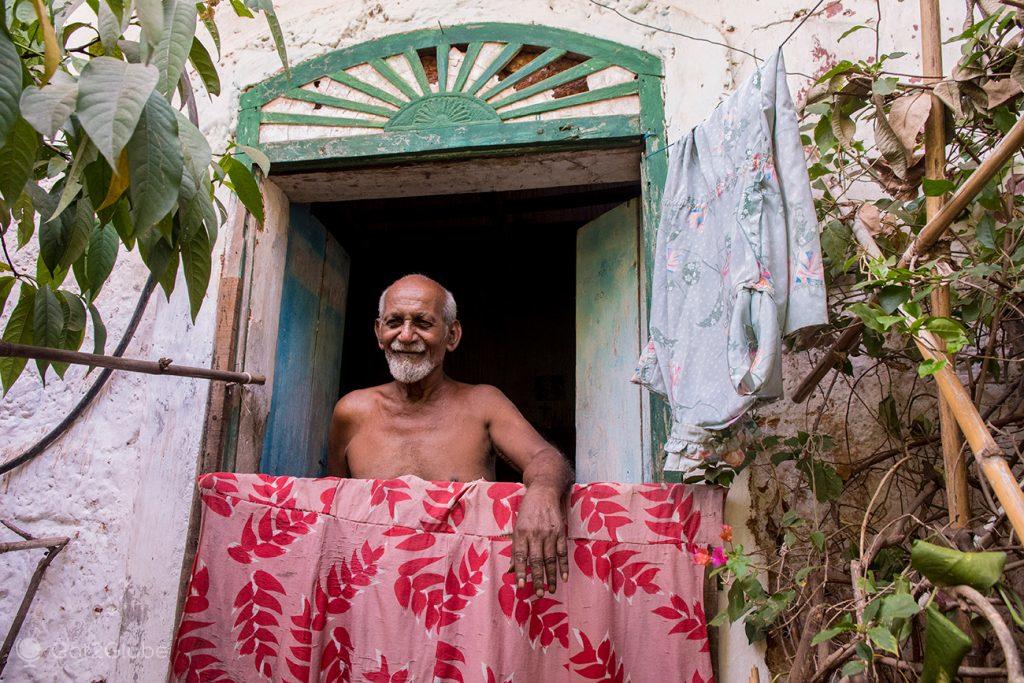
Mr. Fernando refreshes his naked torso at the half-closed door of his house halfway up the Fontaínhas neighborhood.
In further conversation, we confirm that none of the three natives we had come across had ever set foot in Portugal continental. Still, we feel in all of them, a lag of the India current and a nostalgia for Portuguese Goa for which the remaining years did not augur any solution.
In a flash, we reached the height of the hill that housed another series of imposing colonial buildings, including the city court and the Bishop's Palace.
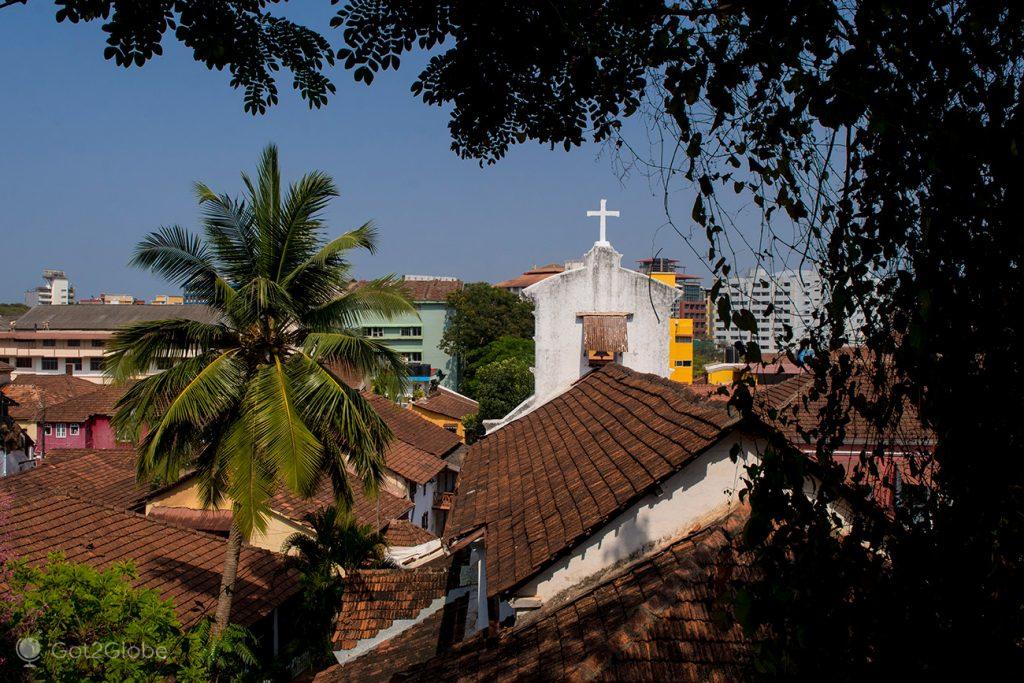
Traditional Portuguese roofs from the Fontaínhas district with the chapel of São Sebastião in the spotlight.
We started down again. We find the Portuguese Consulate, with many Indians abroad waiting to resolve their nationality requests, in the image of what Olavo had described to us.
The Most Emblematic Church of Pangin
We reach the base of the most emblematic monument in the city, the Church of Nª Srª da Imaculada Conceição. The almost setting sun illuminates it and its statue of the Virgin highlighted right in front of the façade, overlooking the Municipal Garden.
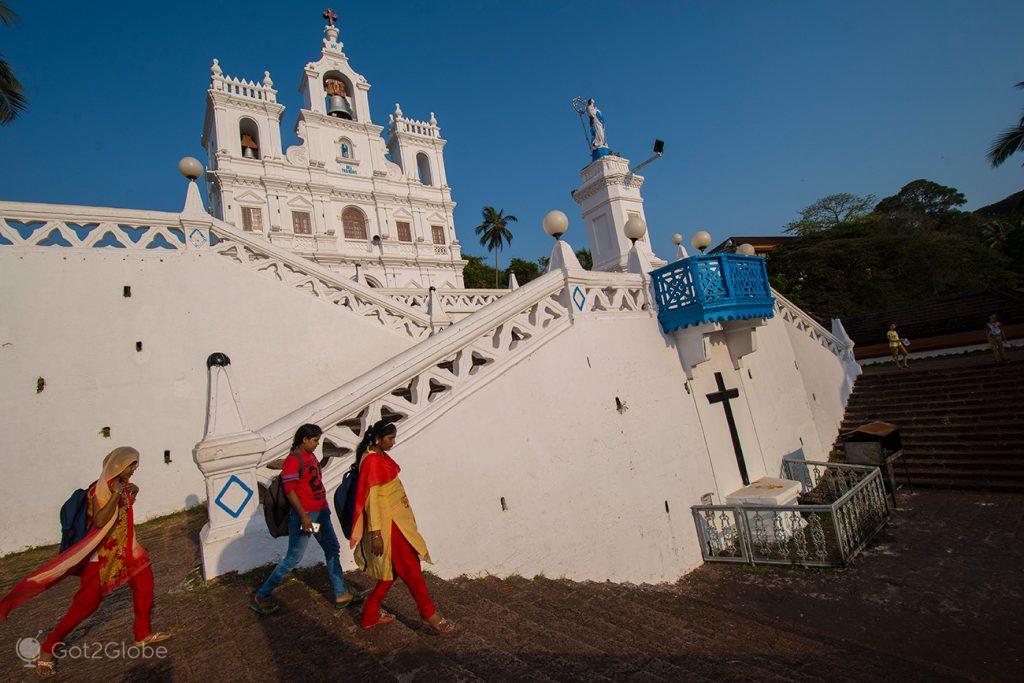
Hindu friends descend the steps of Igreja da Nª; Srª da Imaculada Conceição, the most emblematic Christian temple in Panjim
Splendid as it turned out, the church inspired the adoration of a dozen restless Hindu vacationers, smartphones always at the ready, entertained with repeated sensual poses.
Far from being the case of Panjim's star church, too many historic buildings in the city succumb to the lack of owners and the care of the state authorities, who see as priorities the highway that will cross Goa from top to bottom and the modernization of the province in general.
Invasion or Liberation: what was the Indian conquest of Goa after all?
Goa ceased to be Portuguese when on the 18th and 19th of December 1961 – 14 years after the India having ended the long period of the British colonial Raj and declared its independence – the Indian Armed Forces carried out an air, sea and land operation called Vijay (Victory).
As expected, the confrontation was marked by the overwhelming Indian superiority that mobilized 45.000 soldiers, a small aircraft carrier and more than forty fighters and bombers as well as fifteen other vessels against just over 4000 Portuguese men, a frigate and three patrol boats. .
In the hangover, the India killed thirty men on the colonial side. It took 4668 prisoners. But, more than that, it ended with 451 years of Portuguese rule over the territories it held in the subcontinent: Goa, Damão and Diu.
Among Indians in general, the operation was considered one of liberation. In Portugal, and for a good part of Goans like Olavo and Ivo, as an aggression against Portuguese territory and its citizens. Most of them left Goa to Portugal or other stops.
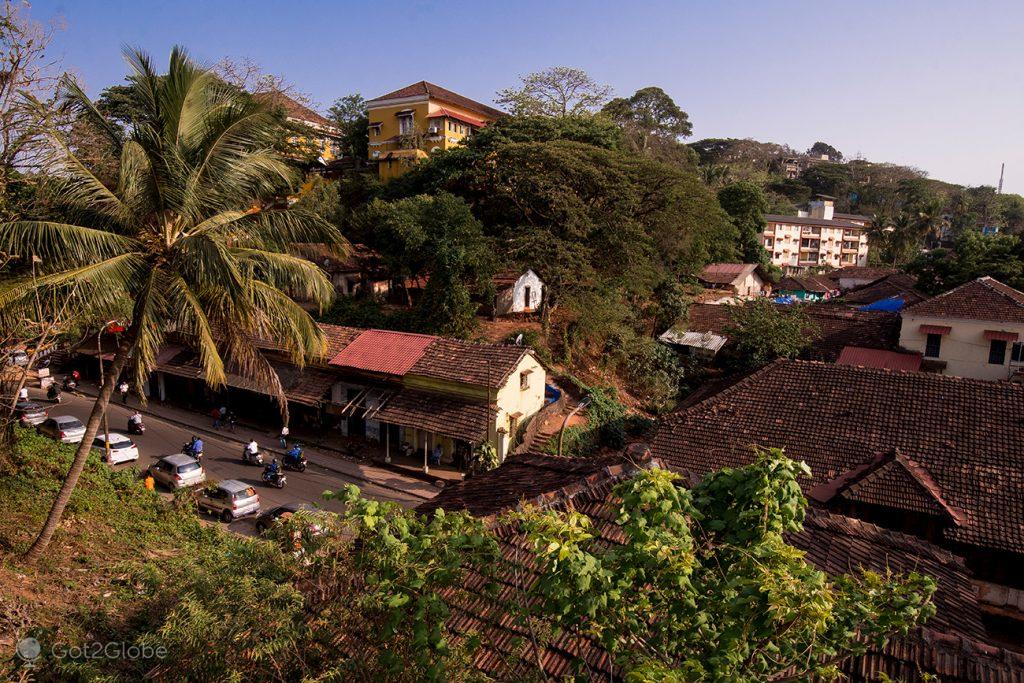
Portuguese house of Pangim seen from the atrium of the Church of Nª Srª da Imaculada Conceição.
The Fragile Portuguese Legacy
In Panjim, almost only the inhabitants of that generation that remained – but not all – continue to speak Portuguese, which is no longer taught in schools.
It is known that Fundação Oriente provided support to secondary schools that chose to use it as a second dialect instead of English. However, the number of students has proved insufficient to open classes.
We have arrived in January 2018. Portuguese Prime Minister António Costa visits Goa at the invitation of Indian Prime Minister Narendra Modi.
António Costa's father, Orlando da Costa, was a Goan, Brahman and Catholic, born in Lourenço Marques, in 1929, but raised in Goa, in the bosom of Margão's family, until adolescence, when he left for Lisbon. becoming a writer and marrying journalist Maria Antónia Palla.
In today's Goa, it's not just the charming centuries-old buildings that are in danger of collapsing. As older residents pass away, the Portuguese language collapses.
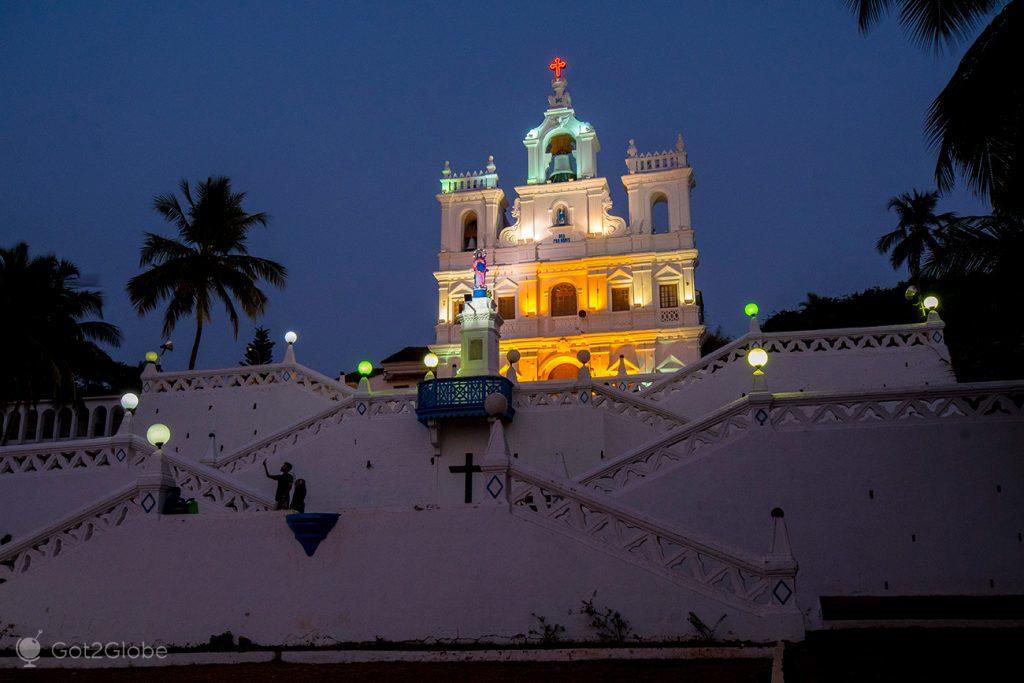
Casal takes his last photos of the day on the steps of the Church of Nª Srª da Imaculada Conceição.
During his visit, António Costa expressed pride in being the first European Prime Minister of Indian origin and the desire that his visit would lay the foundations for a robust partnership between the India e Portugal, in the XNUMXst century. It remains to be seen whether this partnership will become real. And the dazzling Portuguese-Goan colonial culture will be saved.
More information about Goa on the website Incredible India.



